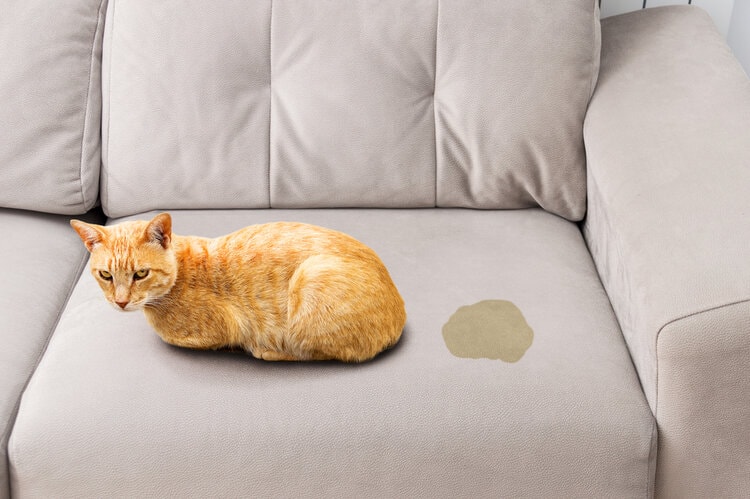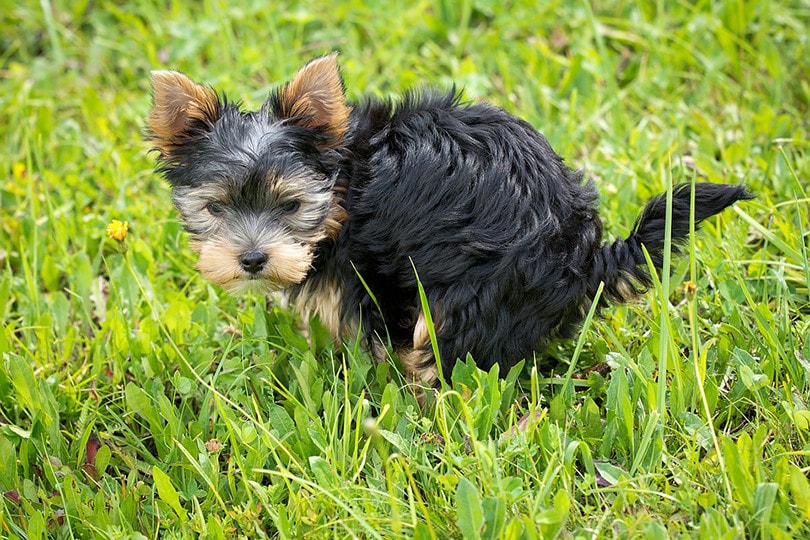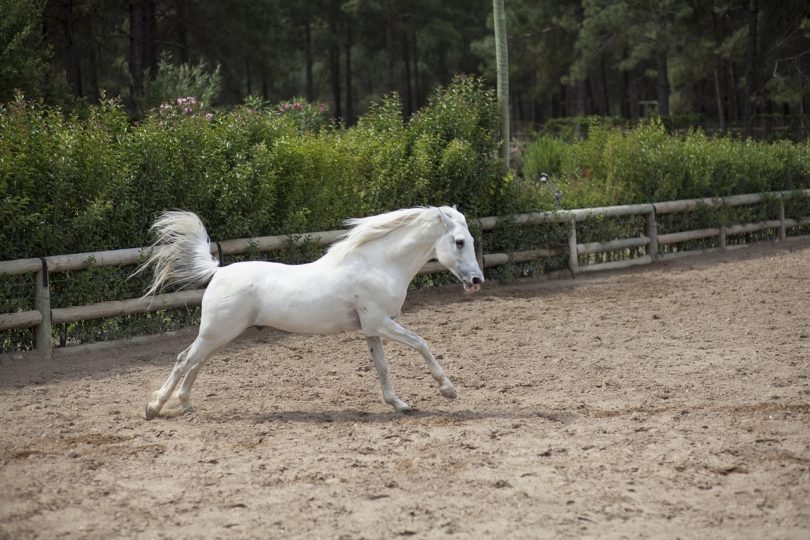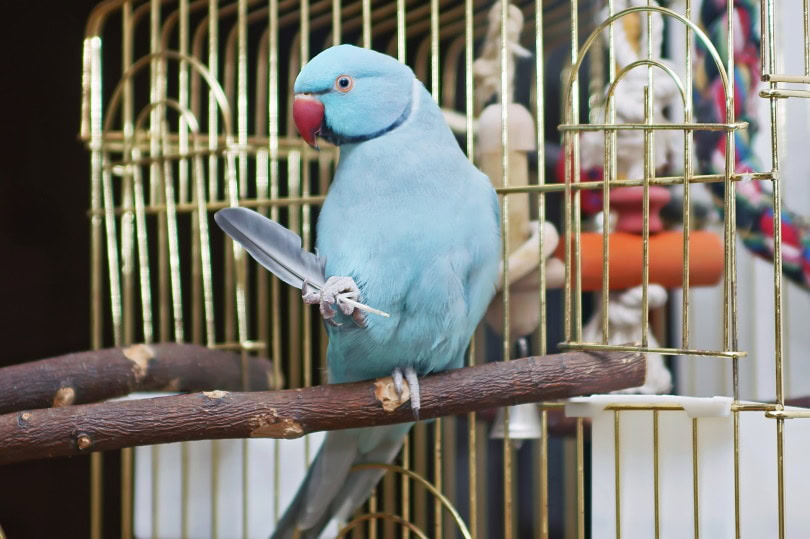VET APPROVED

The information is current and up-to-date in accordance with the latest veterinarian research.
Learn more »Click to Skip Ahead
If you’re a cat owner, you know that cats are masters of deception, and it is rarely obvious if they are feeling unwell. Therefore, the best way to notice when something is off is to keep track of what is normal for them and be attentive to small changes in their habits and behavior.
Normally, cats will pee between two and four times a day, and knowing your cat’s habits is a great start. However, this is not very easy for owners of cats that spend most of the day outside.
If you have noticed small changes and think your cat seems unwell and doesn’t seem to be peeing as much as they usually do, you should know that a cat can go 24 to 48 hours without peeing.
However, after 24 hours, dangerous toxin accumulation will put your cat’s life at risk and further complicate the medical treatment (as well as substantially increase the bills). Therefore, you should take this sign seriously and not wait to get help. In fact, your cat should ideally be urinating at least every 12 hours.

What Causes a Cat Not to Pee as Much as Usual
Cystitis is a health issue that causes the bladder to be inflamed. Cats that seem to have difficulty peeing often have cystitis. Cystitis is typically caused by a bacterial infection or abnormal urinary pH levels which contribute to the formation of microscopic mineral crystals in the urine that can grow to hinder the flow of urine.
Cystitis is uncomfortable and unpleasant for a cat. But things can get worse if it’s not treated and lead to something that’s called feline lower urinary tract disease or FLUTD. That’s why you should stop cystitis in its tracks as soon as it’s detected.
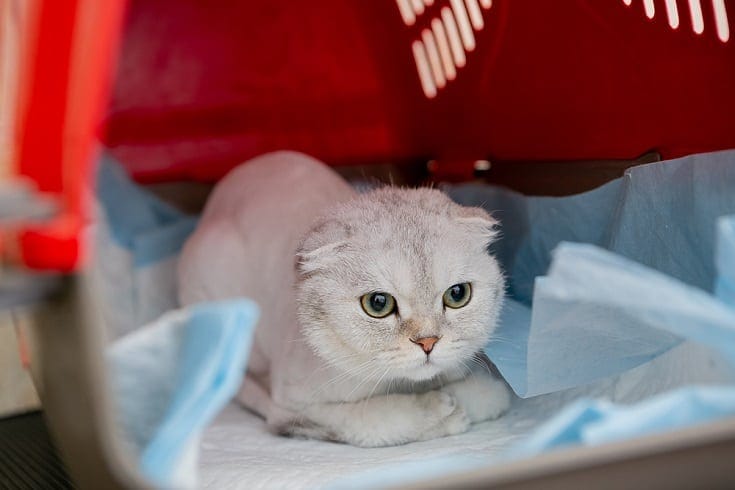
What to Do if You Think Your Cat Has Cystitis
If you think that your cat may have cystitis, there’s not much you can do at home to ease the signs. If your cat is a male, he could end up with a total urinary obstruction, which means you need to get him to the vet urgently, right now. Waiting any longer reduces the chances of survival and further complicates the condition. If you have a female, you shouldn’t wait either.
What Your Vet Will Do
When you take your cat to the vet, he/she will perform a physical exam and talk with you about the signs your cat is showing. Your vet may then run a few tests, such as a urinalysis, a urine culture, and X-rays, to confirm whether your cat has cystitis.
If it’s found that your cat has infectious cystitis, you’ll likely be given some antibiotics to give your cat. If your vet discovers stones in your cat’s bladder, the treatment will depend on the size, location, and composition of the stones. Some stones can be dissolved with a special diet, but in other cases, surgery may be necessary. In the case of urethral obstruction in male cats, the obstruction is usually removed either by massages, flushing, or with a catheter. In some cases, the cat needs to be stabilized first, and the vet might remove urine directly from the bladder using a needle and syringe in a procedure known as cystocentesis.

How to Help Your Cat Avoid Getting Cystitis
There are a few things you can do to prevent cystitis from developing. Be sure to feed your cat good-quality cat food and have fresh drinking water available around the clock. Consider using cat food that promotes good urinary tract health that’s formulated to reduce urinary pH. It’s also important to keep the litter box clean so your cat isn’t exposed to an excess of bacteria.
If you find cleaning the litter box unpleasant, switch to an automatic self-cleaning litter box that automatically sweeps cat waste into a covered compartment. This type of scoop-free litter box uses crystal litter that helps eliminate odors, which is a great feature, as we all know that cat waste stinks!
Wondering whether an enzymatic spray or deodorizing powder is better at fighting pet odors? Compare Hepper's Pet Stain & Odor Eliminator Spray to their Litter Deodorizer Powder to see which product is best for your deodorizing needs.
| Image | Product | Details | |
|---|---|---|---|
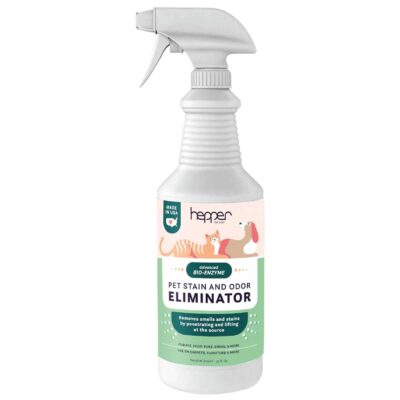 |
Hepper Advanced Bio-Enzyme Pet Stain & Odor Eliminator Spray |
|
Check Price |
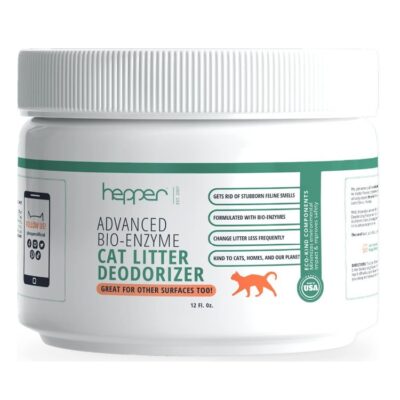 |
Hepper Cat Litter Deodorizer |
|
Check Price |
At PangoVet, we've admired Hepper for many years, and decided to take a controlling ownership interest so that we could benefit from the outstanding designs of this cool cat company!

Stress Can Sometimes Cause a Cat Not to Pee
Cats are sensitive animals that can react to things that cause them stress like changes in their routines, a new person in the house, or moving into a new home. Stress can even cause a cat to change its urinating habits and lead to the animal peeing in the wrong place inside.
If your cat is under stress and not using the litter box much, find the source of the stress and get rid of it. Then keep a close eye on your cat to make sure he is peeing as he should so you can avoid contacting your vet.
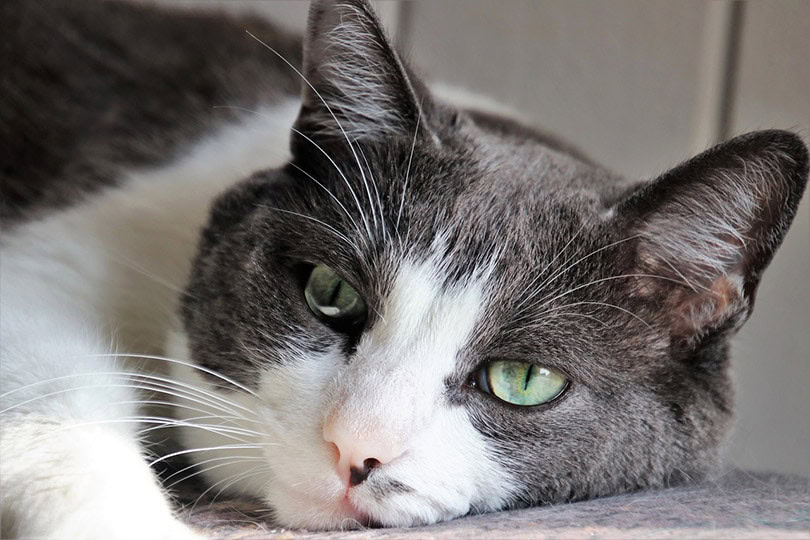
More About FLUTD
Feline lower urinary tract disease is an umbrella term referring to multiple conditions that affect the bladder and urethra of cats. While FLUTD can occur at any age, it’s typically seen in middle-aged, inactive overweight cats, those using an indoor litter box, and cats eating dry kibble. Cats with FLUTD often show the following signs:
- Frequent urination
- Blood in the urine
- Painful urination of small volumes
- Restlessness and irritability
- Urinating in inappropriate places
Cystitis is the most common cause of FLUTD in cats. Less common causes include urinary tract infections, bladder stones, and blockage of the urethra.
The best course of action to take if you notice your cat is having any issues with urinating is to contact your vet. A serious, untreated urinary problem will likely progress to the point where the kidneys are unable to produce urine. This can cause toxic waste products to build up wherein your cat can die a painful death.
If you have additional questions about FLUTD or have concerns about your cat, you should consult a vet.
Conclusion
While a cat can go 24 to 48 hours without peeing, it’s not good if you notice your cat doesn’t pee as much as they usually do. Healthy cats pee once or twice a day on average.
It’s always best to reach out to your vet whenever you notice a change in your cat’s urination. It’s better to be safe than sorry! Your vet may ask you to bring your cat in for an exam and testing if he/she suspects your cat has a serious urinary problem.
- Related read: Do Cats Pee and Poop at the Same Time? What’s Normal?
Featured Image Credit: cunaplus, Shutterstock
